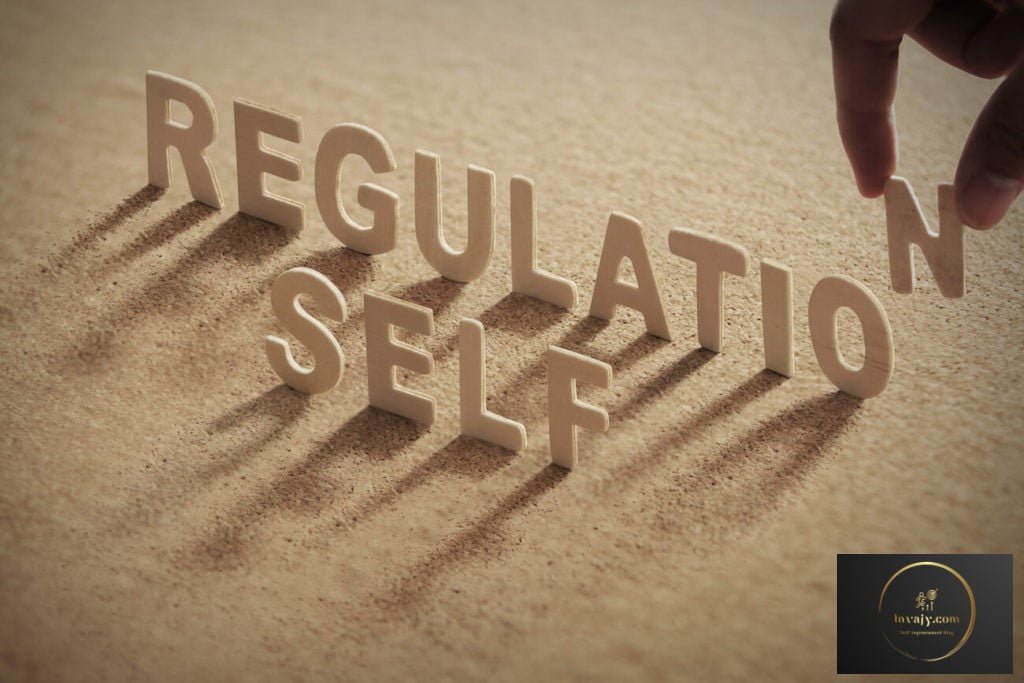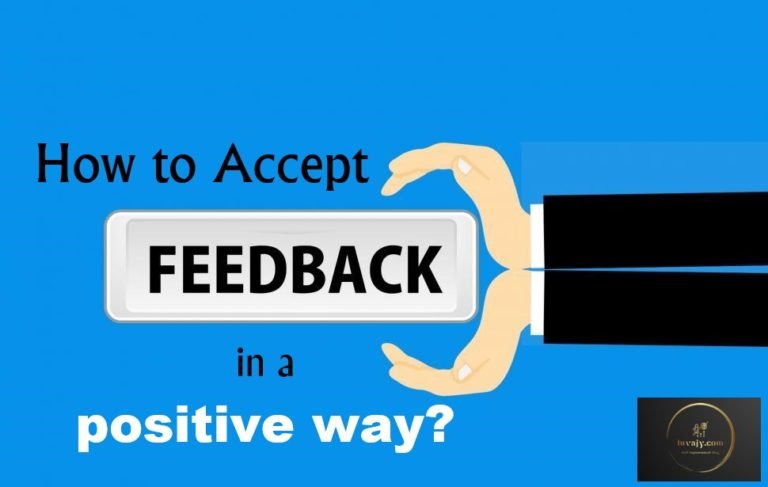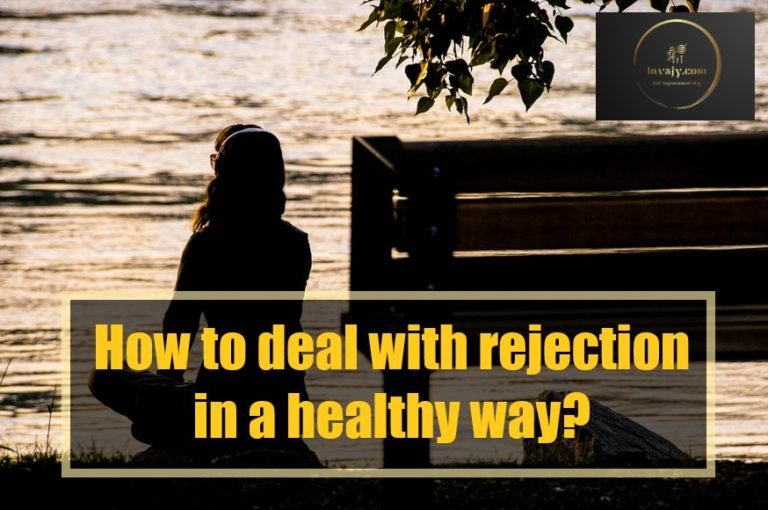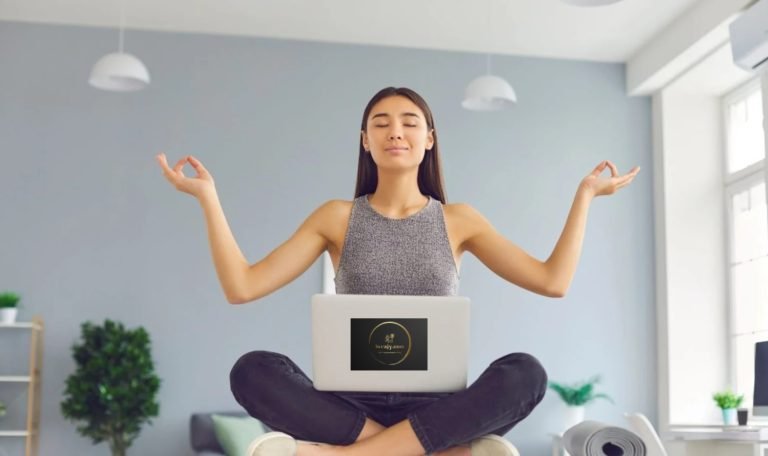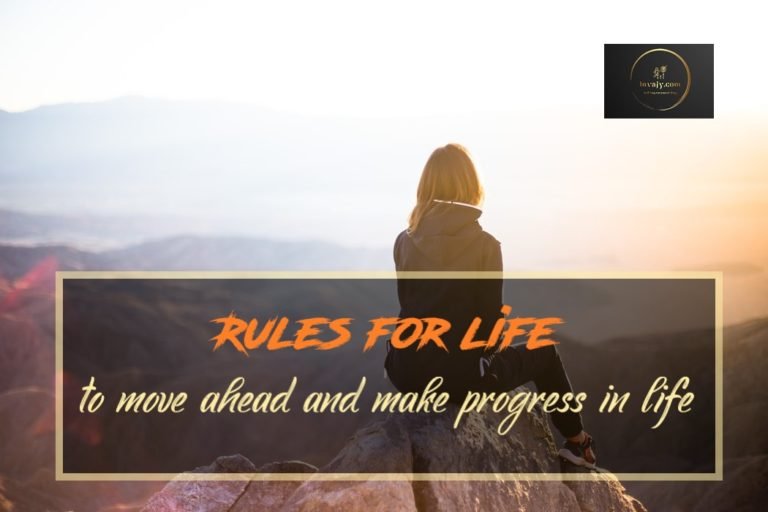How to develop and practice Self-regulation?
In today’s world, it has become vital to act in accordance with the “social conscience”, rather than just doing what you want to do. To manage the way you think, behave and act; involves self-regulation. When you practice self-regulation, you are better able to see the good in other people. You also identify opportunities where others might not, act in accordance with your values and have clear goals and motivations. Most important, you are able to maintain the positive mindset during emotionally challenging situations.
Although self-regulation is key to healthy behavior, traumatic or emotional incidents can make this process difficult and even lead to self-dysregulation. In this article, I will be sharing with you the tips and strategies on – How to self-regulate?
What is Self-regulation?
Self-regulation is basically an ability to understand and manage responses within the self. This includes both behavioral (personality) as well as biological (temperament/disposition). It is the extent to which you influence, modify, or control your own behavior (including thoughts and feelings) according to goals or standards.
Characteristics self-regulators
- Self-regulators have better Emotional Intelligence (EQ). They keep their disruptive emotions in check.
- They are able to overcome instant gratification.
- Self-regulators can resist and suppress impulsive behaviors that might worsen their situation.
- Self regulators cheer themselves up when they’re feeling down.
- They have a flexible range of emotional and behavioral responses that are well matched to the demands of their environment.
- They don’t compromise your workplace ethics.
- Self-regulators hold themselves accountable to their actions.
- They view challenges as opportunities.
- Self-regulators take control of situations when necessary.
How to develop and practice Self-regulation?
There are different techniques, which will work to improve Self-regulation skills. Self-regulation strategies can include:
Mindfulness to develop Self-regulation
Practicing mindfulness is extremely helpful when you want to improve your self-regulation. Through mindfulness, you become conscious and aware about your own thoughts, feelings and behavior without judgments. Being conscious of your own thoughts, feelings, and behavior is the foundation of self-regulation. This helps you to make conscious decisions. Your behavior and actions becomes more refined and regulated.

Cognitive reframing
Cognitive reframing or Cognitive reappraisal is another strategy that can be used to improve self-regulation abilities. Through this reframing technique you will be able to shift your mindset; so you’re able to look at a situation, person, or relationship from a slightly different perspective. The process involves challenging your thoughts or feelings and replacing them with the positive ones. By rethinking your thoughts and evaluating your feelings, you can develop a healthier reaction to the situation.
Adaptability to change
Encourage adaptability towards life changes. You need to learn to cope well with change and adapt your behavior to different challenging situations in life. Be open to Change. Try to look at the changes objectively and analyze the different ways you can respond to the situations.

Related: How to Build Self Discipline for Success in Life?
Identify stimulators and triggers
Be aware of what your strengths and weaknesses are and what can trigger you into a difficult state of mind. Everyone has certain stimulators or trauma triggers that cause difficult feelings and negative behavior. Identifying these triggers or stimuli can help you anticipate them and build healthy coping strategies for them.
Identify and investigate the emotions as they strike you. Instead of making a quick judgmental call; evaluate them, name what you are experiencing and why. Keep a note of negative emotions’ and feelings’ triggers.
Keeping calm under pressure
Remain calm and cool under pressure situations. This can be done through removing yourself from the situation for the short-term—whether mentally or physically. You may use relaxation techniques like deep breathing. You may also start counting reverse from 100 to 1. The whole objective is to give a pause and take out you from the situation. Instead of reacting to the situation, you will be able to respond thoughtfully. Few people physically move from the meeting or conversation to give them that pause required.
Consider the consequences
Stop and think about the consequences of giving in to “bad” behavior. You may recall what happened in the past. Analyze what is likely to happen now and what this behavior could trigger in terms of longer-term consequences. Analyzing short term and long term consequences help you to make better decisions. Your behavior and actions becomes more regulated. Such analysis will help you in future, when you will face similar situations and develop self-regulation.
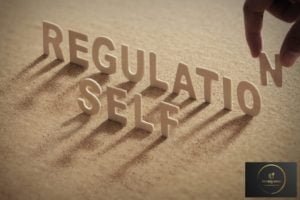
Related: How to practice Self-love?
Practice, practice, and practice Self-regulation
All of this sounds like a lot, I know. But the thing is, the more you do it, the more automatic it becomes. So just; Practice, practice, and practice. Practice makes a man perfect. Instead of conditioning yourself to run away from strong emotions, if you respond mindfully and practice facing them head-on, that will start to stick and get imbibed in your behavior.
That’s all from my side in this article. Thank you for reading this. Over to you now, please let us know your opinion on Self-regulation. Share them in the comment section, they are much appreciated.
If you have liked this article on Self regulation, please share it with your friends and relatives at your favorite social networks.

